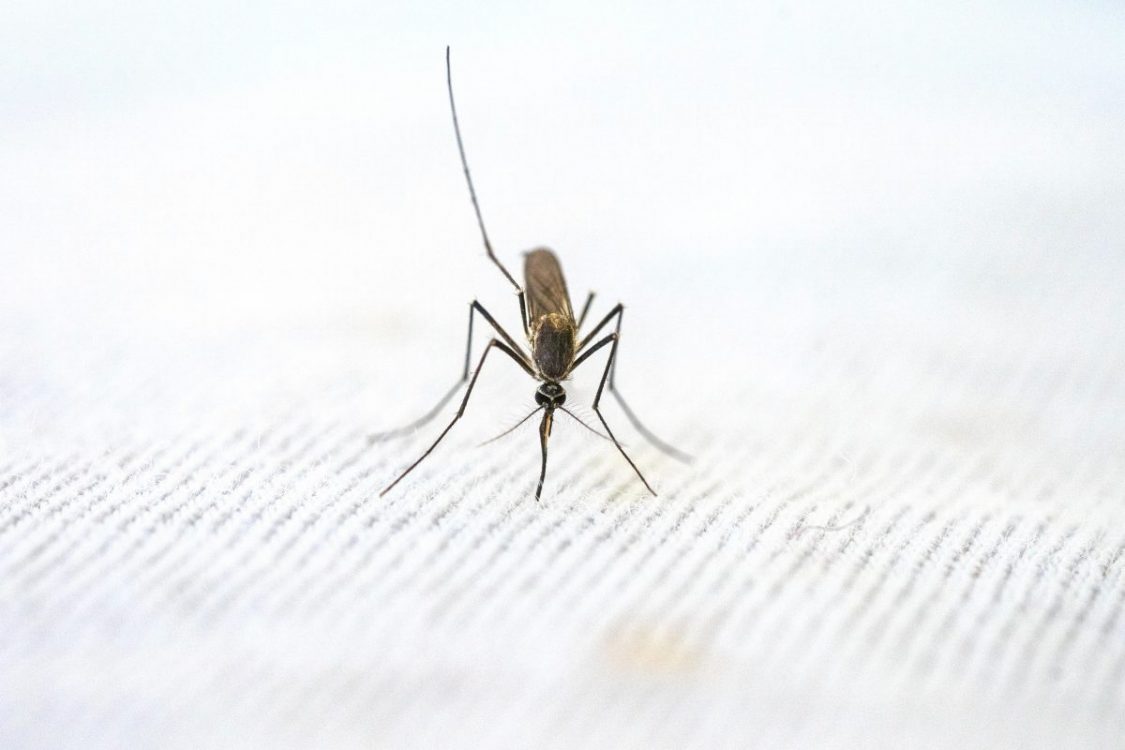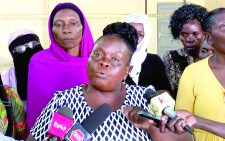Respiratory infections — usually caused by either bacteria or viruses — are the leading cause of death among children in Kenya, according to the latest Demographic and Health Survey, which sheds light on areas the government needs to improve on to provide effective healthcare interventions.
Malaria is ranked as the second leading cause of death among children under five, followed by diarrhoeal diseases.
And whereas these three illnesses are the leading cause of poor health — and risk of death — in babies, awareness about how they should be treated has increased significantly.
As a result, parents, mostly mothers seek treatment in formal public health institutions as soon as the first symptom — usually fever — presents itself.
According to the survey, which was conducted last year, parents in urban areas are more likely to seek a doctor’s advice when their young children develop any of the above infections (90 per cent) compared to their counterparts in rural areas (78 per cent).
On average, these represent increased awareness about the need to seek early treatment among parents, and this accounts for the decline in the number of children dying before joining Baby Class.
In towns, 63 per cent of parents who sought a doctor’s advice visited a public health facility while 38 per cent went to a private hospital or clinic.
Instructively, parents sought a doctor’s advice either on the day a child developed symptoms of any of the three diseases or, in the worst-case scenarios, a day after.
The most common form of treatment such children received was being prescribed with antibiotics or rehydration fluids in the case of diarrhea.
“Forty one per cent of the children under five with fever received antibiotics,” the survey.
With health services being devolved, this information is critical because it can inform how counties buy and supply life-saving drugs to dispensaries — which remain the most visited health institutions across the country.
And whereas parents have become better at seeking early treatment for their children, they still live with the risk that a child can die in the first month after birth. This is the most risky period in the life of a child born in Kenya today.
“During the five years before the survey, the neonatal mortality rate was 21 deaths per 1,000 live births,” says the report published by the Kenya National Bureau of Statistics with the support of the National Treasury.
“The infant mortality was 32 deaths per 1,000 live births, and the under-5 mortality rate was 41 deaths per 1,000 live births.”
These numbers, however, have been declining steadily since 2003, which, instructively, is the same year that there was a change in government from Kanu to Narc, an indication that government intervention could have played a part in reversing the child deaths trends.
“Under-five mortality does not differ by place of residence,” the survey says, meaning that a child of that age in Nairobi has as good a chance of survival as his counterpart in Mandera, again, signifying that devolving health services over the last 10 years is improving survival rates among children.
The only difference between a child born in Nairobi and one born in Mandera is that the city child is more likely to develop respiratory infections — due to high levels of air pollution. Indeed, the report observes that generally, children born in urban areas get more respiratory infections compared to their rural counterparts, where the air is fresher as there are fewer industries and motor vehicles.
Two other significant factors that determined the survival of a child, especially in the first month after birth, were the level of education and the age of the mother.
“Under-5 mortality is higher among children born to mothers with primary level education only than among children born to mothers with more than secondary education,” the report says.
This is significant in two ways. First, mothers who give birth say, when they are sitting their KCPE examinations put their children at greater risk of death compared to girls who become pregnant after sitting KCSE. Secondly, the first is barely 13 — meaning the mother is too young — while the other is 17 or closer to 18.
However, if a mother’s age is advanced, say she is aged between 40 and 49 years, the risks of her child dying increase steeply, especially if the child is forth in line or birth or fifth onwards. What is even more telling is that the risk increases even more if the child is a boy, meaning that girls have a higher chances of survival.
With every subsequent child born, a mother is less likely to visit a hospital if that child falls ill. Meaning that if one is seventh in line, their chances of getting formal medical attention when they fall ill are much lower compared to the first child. What is more worrying is that women in rural areas are even less likely to take such a child to hospital compared to their counterparts in towns.
There are many other risks that a mother faces between the time she gets pregnant and when her child turns one year.
A mother in Wajir (76 deaths per 1,000 live births) has a higher risk of losing that child compared to her counterparts in the rest of the country, making Wajir a high-risk area for newborns.
Wajir is followed by Mombasa (57 deaths per 1,000 lives births) and Siaya. Murang’a and Kisumu round off the five counties with a high risk for what experts call perinatal mortality.
Lastly, a child’s chances of survival are directly proportional to their weight at birth.
“The weight of a baby at birth is an important indicator that communicates a child’s vulnerability to illness and death,” the latest survey says. But this is not just information.
Such information, the report adds, “can help policymakers and programme managers to assess the efficacy of current strategies, formulate appropriate interventions to prevent death from childhood illnesses, and improve the health of children in Kenya.”
But when all is said and done, in the final analysis, how a mother reacts to a child’s illness can make the difference between life and death. However, once that child celebrates their fifth birthday, they are out of danger and their chances of dying of old age are high, unless they contract adulthood diseases, such as cancer.

















